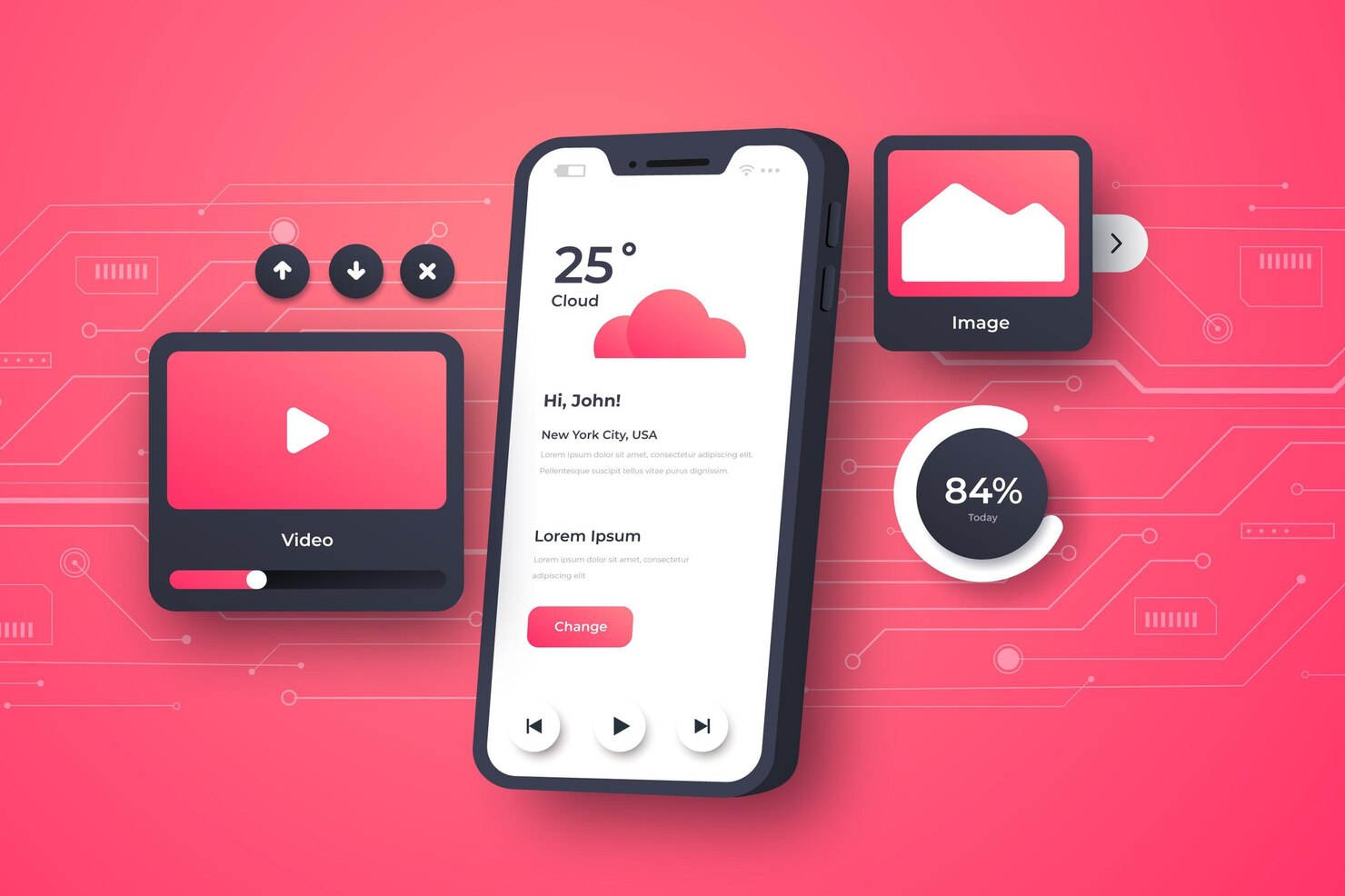In today’s digital age, having a mobile app can be a game-changer for businesses. The potential is vast, whether it’s enhancing customer engagement, streamlining processes, or offering services at the tap of a button. However, before diving into mobile app development, it’s crucial to consider a few key factors that can make or break the success of your project.
Mobile app development is an exciting venture, but it requires careful planning to ensure success. Whether you're building an app to extend your business's reach or introducing a new product to the market, taking the time to consider key factors early on can save you from costly mistakes and delays. Let’s explore the most important elements to focus on before starting your mobile app development journey.
1. Define the Purpose and Target Audience of the App
Before diving into development, it’s critical to clearly define the purpose of your mobile app. Are you solving a problem for your users, enhancing their productivity, or offering an engaging experience? Equally important is identifying your target audience. Who are the primary users of your app? Knowing your audience helps in designing features, interfaces, and overall functionality. For example, a productivity app for business professionals will have vastly different features compared to a gaming app for teenagers.
Example: Apps like Duolingo clearly understand their target users—language learners—and design the app to be fun, engaging, and educational, keeping users coming back.

2. Choose the Right Mobile Platform
A crucial decision in app development is selecting the right platform(s). You might choose to build for iOS, Android, or both depending on your target audience demographics. For instance, if your target users are in regions where Android dominates (like India or Southeast Asia), it may be wise to prioritize Android. On the other hand, if you're targeting users in the US or Europe, iOS might be more relevant.
Example: Clubhouse, initially launched as an iOS-exclusive app, tapped into a premium user base before expanding to Android, gaining massive traction.
3. Prioritize Design and User Experience
Your app's design and user experience (UX) are critical to user retention. A visually appealing, intuitive, and responsive design can make or break your app. A great UX design ensures users can navigate seamlessly and complete tasks efficiently, while poor UX often leads to uninstalls and negative reviews.
Example: Instagram is renowned for its simple, user-friendly interface, offering a seamless experience across various devices and screen sizes.

4. Set a Realistic Budget and Timeline
Mobile app development is an investment in both time and money. It's essential to be aware of the project’s scope and budget early on. Developers need adequate time to create, test, and refine the app, so setting realistic deadlines prevents rushing the process, which can result in a subpar product.
Pro Tip: Use an MVP (Minimum Viable Product) approach to launch a basic version of your app and gather user feedback before committing to expensive features. Companies like Dropbox have employed this method successfully, allowing them to refine their product based on real user feedback.
5. Understand Legal and Regulatory Requirements
Some apps may require strict legal compliance depending on their nature. For example, apps in the fintech or healthcare sectors must adhere to data protection laws (like GDPR in Europe or HIPAA in the US). Failing to comply with such regulations can lead to significant penalties.
Example: The rise of fintech apps like Paytm and Google Pay demonstrates the need to comply with various legal regulations around user data, encryption, and financial transactions.

6. Choose the Right Development Team and Project Management Approach
Choosing the right development team is critical. Whether you hire an in-house team or outsource development, it’s important to clearly understand their expertise, communication style, and methodology. A team familiar with Agile or Scrum practices can ensure flexible, iterative development with regular feedback loops, improving product quality.
Example: Companies like Slack and Spotify employ Agile development, allowing them to continuously iterate on their product and release updates more frequently.
Conclusion
By carefully considering these factors before diving into mobile app development, you can significantly increase the chances of your app's success. Whether it’s defining your target audience, selecting the right platform, or ensuring regulatory compliance, each step is crucial. At The New Angle (TNA), we specialize in guiding clients through every stage of mobile app development, ensuring your app meets and exceeds your expectations.




























